Galaxy S9 Vs S8: The Reasons To Upgrade
The Galaxy S9 and Galaxy S9+ have arrived, and with them a big question for Samsung fans: should you upgrade to the S9 from the Galaxy S8? The lure of the newest, shiniest gadget is always strong, and Samsung even has some tempting trade-in deals for those wanting to ditch their old phone for a brand new Galaxy S9. If you're on the fence, here's what you get with your upgrade.
Shorter, thicker, fatter
It'd be easy to mistake the Galaxy S9 for the S8 at first glance: after all, Samsung hasn't so much redesigned the smartphone as it has riffed on what the company claims is its most popular design so far. The flagships from 2017 and 2018 both have the same screen size and resolution, and both use a curved Super AMOLED panel that wraps around the left and right edges of the chassis. However, that body has changed, just a little.
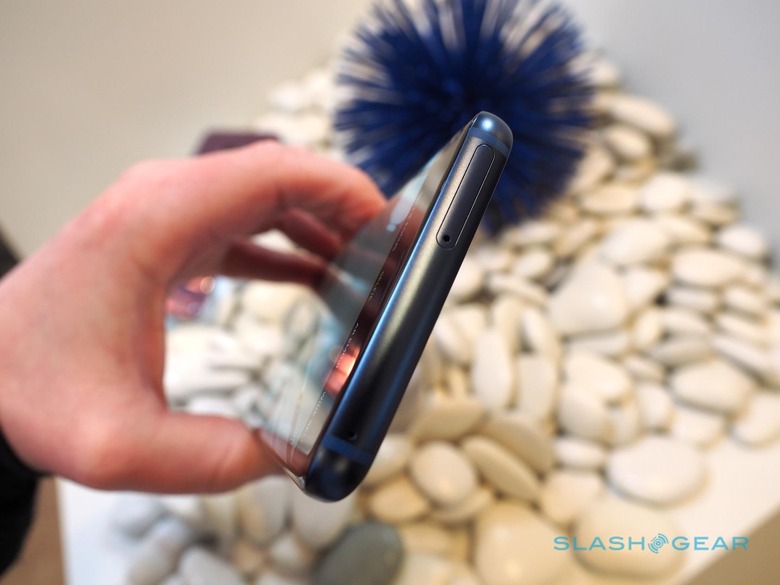
The S9 and S9+ are shorter than the S8 and S8+, respectively. However, the new phones are also wider, thicker, and heavier than their predecessors. The Galaxy S9, for example, is 147.7 x 68.7 x 8.5 mm and 163 grams, while the Galaxy S8 was 148.9 x 68.1 x 8.0 mm and 155 grams. As for the Galaxy S9+, that measures in at 158.1 x 73.8 x 8.5 mm and 189 grams, versus the 159.5 x 73.4 x 8.1 mm and 173 grams of the S8+.
You do get some core improvements along with those increases in size, mind. The batteries are the same size – 3,000 mAh in the S9 and 3,500 mAh in the S9+ – but the display is 15-percent brighter than last year's phones. The fingerprint sensor on the back has moved, from its frustrating location alongside the camera to a far more ergonomically-reachable position underneath it instead.
Louder and more secure
Bucking the trend – and in a very welcome way – the Galaxy S9 and S9+ retain the 3.5mm headphone jack, something Samsung gets serious kudos for. It keeps the IP68 water and dust resistance of its predecessors as well. However, Samsung has found a way to include stereo speakers.
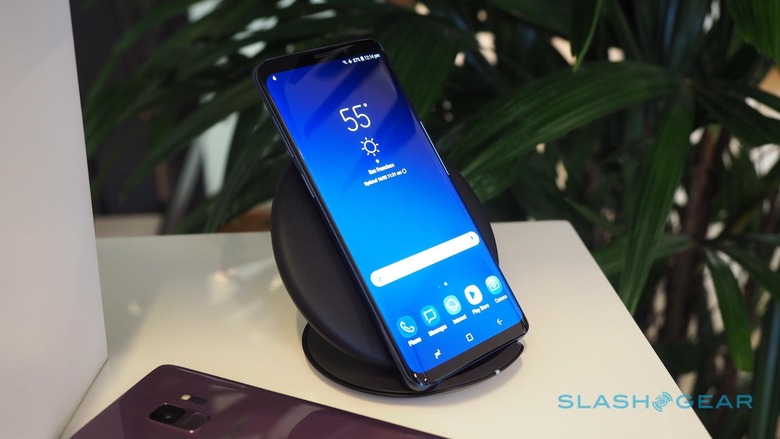
Well, stereo of a sort. These aren't the twin front-facing speakers we've seen HTC and Sony offer; instead, the S9 and S9+ use the same down-facing driver on the bottom edge, and repurpose the earpiece speaker to round out the stereo duties. They're AKG-tuned and now support Dolby Atmos for surround sound with either headphones or without; you can turn that off, if you'd prefer. Samsung says they're 1.4x louder than the S8's speakers, too.
Meanwhile, iris scanning and facial recognition have been combined into what Samsung is calling Intelligent Scan. While the Galaxy S8 was criticized for its iris system struggling in low-light conditions while its face recognition was far too easily fooled, by combining the two on the Galaxy S9 and S9+ the promise is both convenience and security. Apps like Samsung Pay, however, can continue to demand iris recognition alone for maximum protection, mind.
A more flexible camera
2018 brings with it two big camera changes for Samsung. On the one hand, the Galaxy S9+ gains a second camera on the back, following the Note 8 in offering a 2x telephoto lens for optical zooming and portrait-style photography with defocused backgrounds. More interesting, though, is the main camera on both it and the Galaxy S9 too.
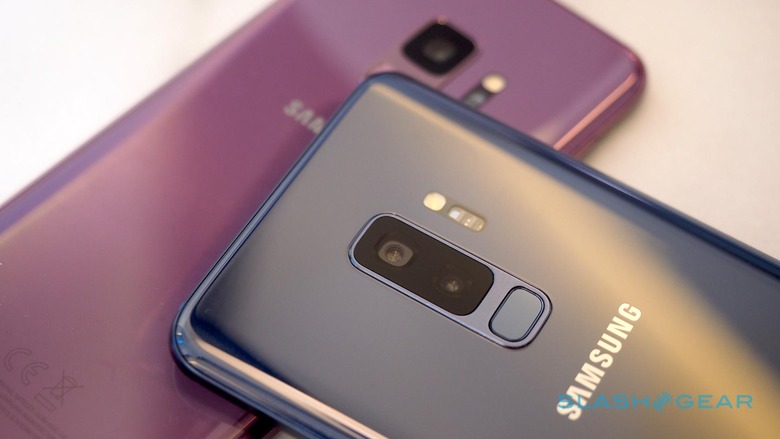
For the first time on a smartphone, that has two different apertures, that are switched between mechanically. There's both an f/2.4 aperture lens that Samsung says will give more accurate colors without over-exposure or blowout in daytime scenes, and an f/1.5 aperture lens for better low-light performance. Compared to the f/1.7 lens on the Galaxy S8, for example, the Galaxy S9's f/1.5 lens brings in 28-percent more light.
The phones automatically switch between the two according to lighting conditions, though you can control it manually in the camera's Pro mode. Meanwhile, the camera sensor now has its own onboard memory for 4x the capture speed. Samsung puts that to good use with its multi-frame noise reduction system, that combines data from 12 images taken in rapid succession to deliver 30-percent less noise than Galaxy S8 shots. It also opens the door to a new, 960 fps super slow-mo mode.
More power, more productivity
As you'd expect, Samsung is using the latest processors for the Galaxy S9 and S9+: in this case, that means the Snapdragon 845 in the US. The S9 pairs that with 4GB of RAM, while the S9+ steps up to 6GB. They each support Gigabit LTE on compatible networks.
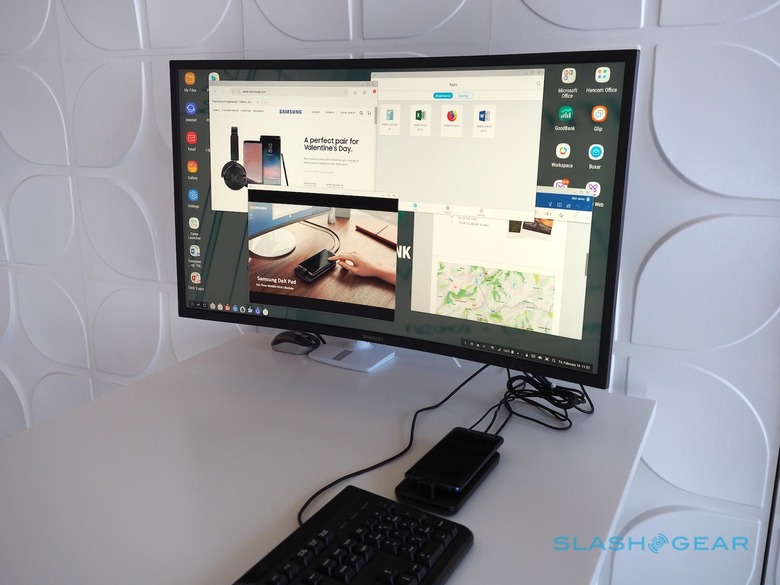
That should make Android 8.0 Oreo smoother and your apps more responsive, but Samsung also puts the new chipset to work in an update on its DeX mode. With the new DeX Pad, a reworked version of its docking station, the Galaxy S9 and S9+ now support 2K monitors, up from the Full HD of the S8, S8+, and Note 8. Enterprise customers will be able to add secure desktop apps to the phones' Knox secure area, too, paving the way for locked-down VPNs and other business features.
For the rest of us, it means the Galaxy S9 and a DeX Pad won't necessarily need external peripherals to use: the phone's own display can offer up a trackpad or a virtual keyboard. All you really have to add is a display, and you can effectively leave your laptop at home.
AR Emojis
Just as the iPhone X has Animojis, so the Galaxy S9 and S9+ have Samsung AR Emojis. Rather than just animating a handful of character faces, however, Samsung's version promises to recreate each user in a cartoon version. After scanning your face, you can then use the S9 to customize your skin tone, hair and eye color, and other features, then choose an outfit for your virtual version to wear.
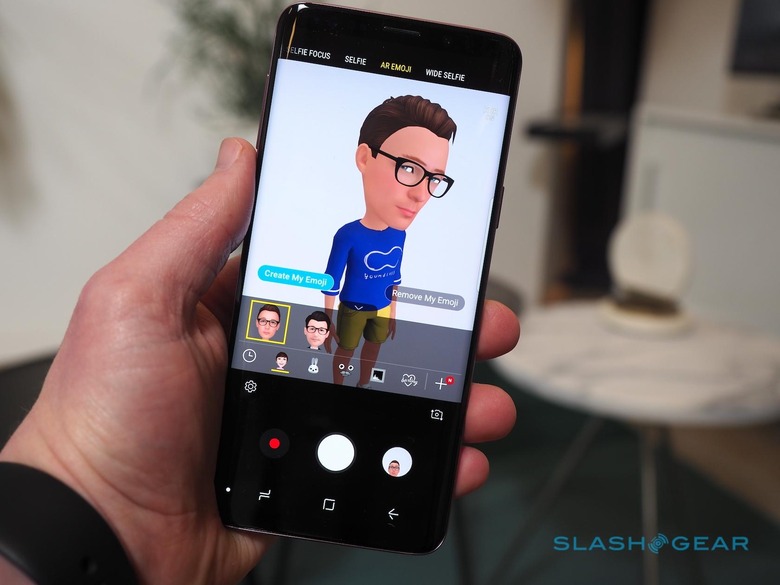
Using the front-facing camera, you can then animate that AR Emoji character. That can be saved, either as snapshots or a complete video, ready to share. Time will tell whether they have any more longevity than Animojis do, mind.
